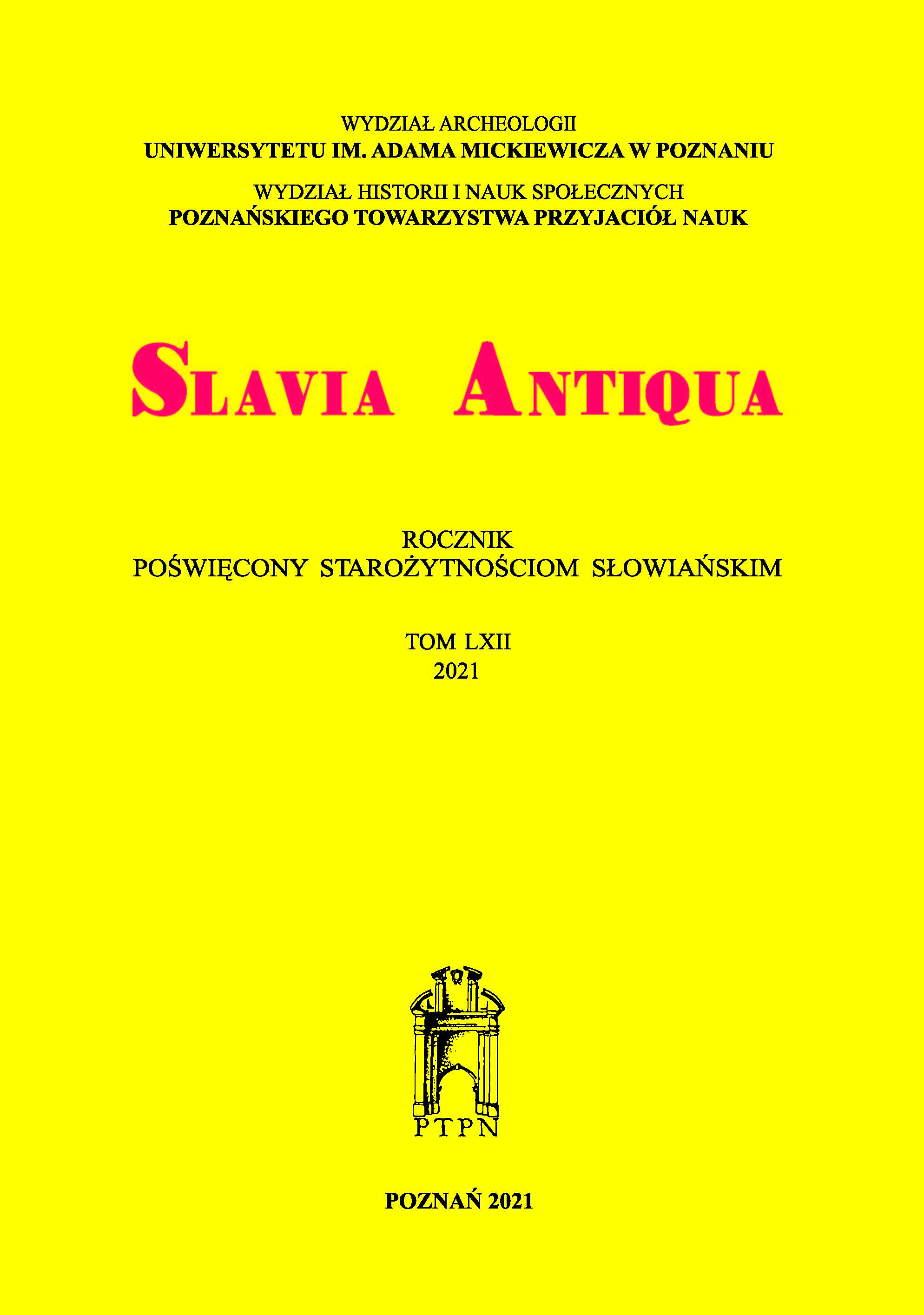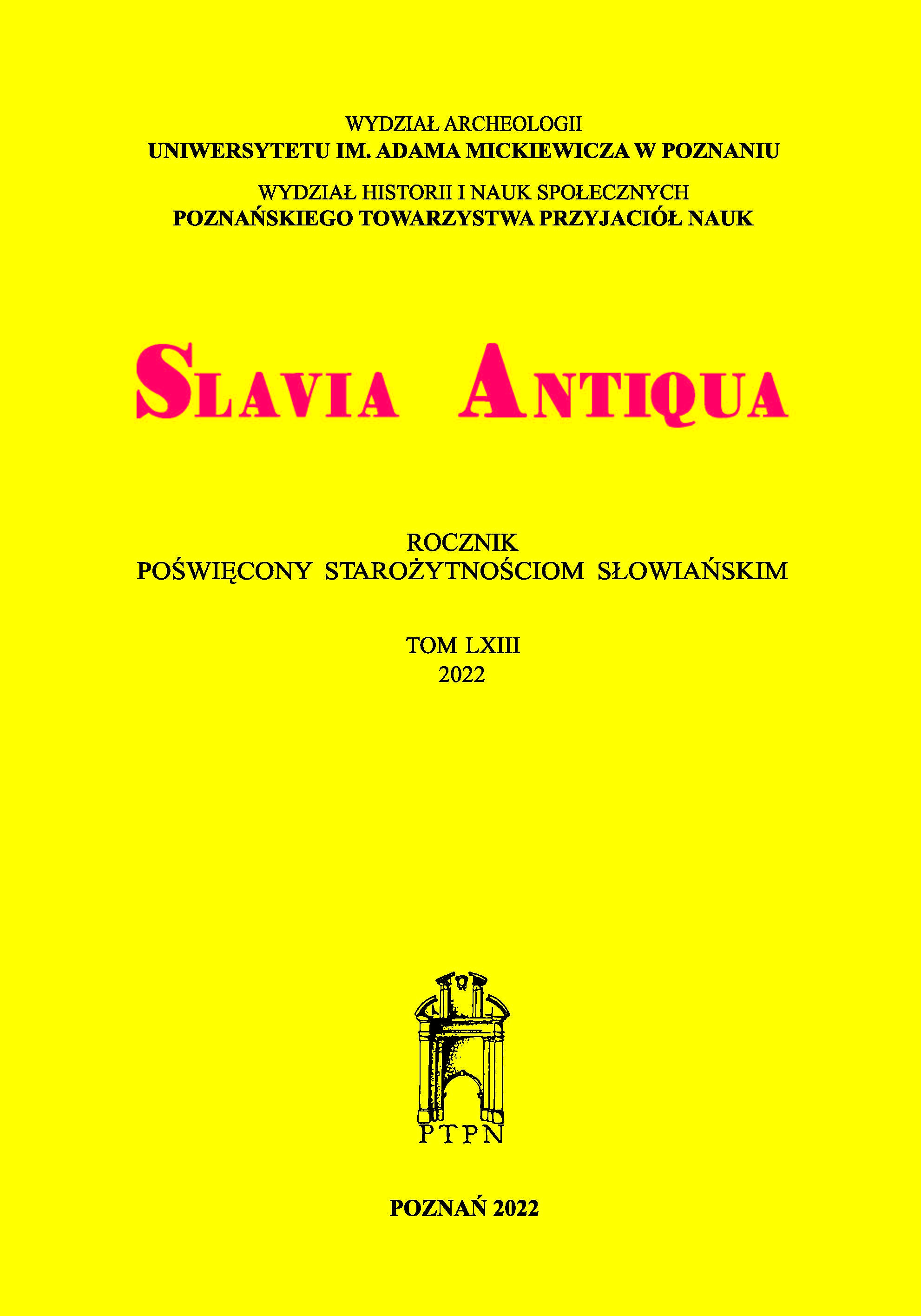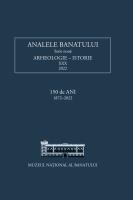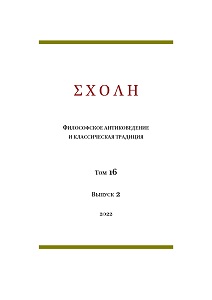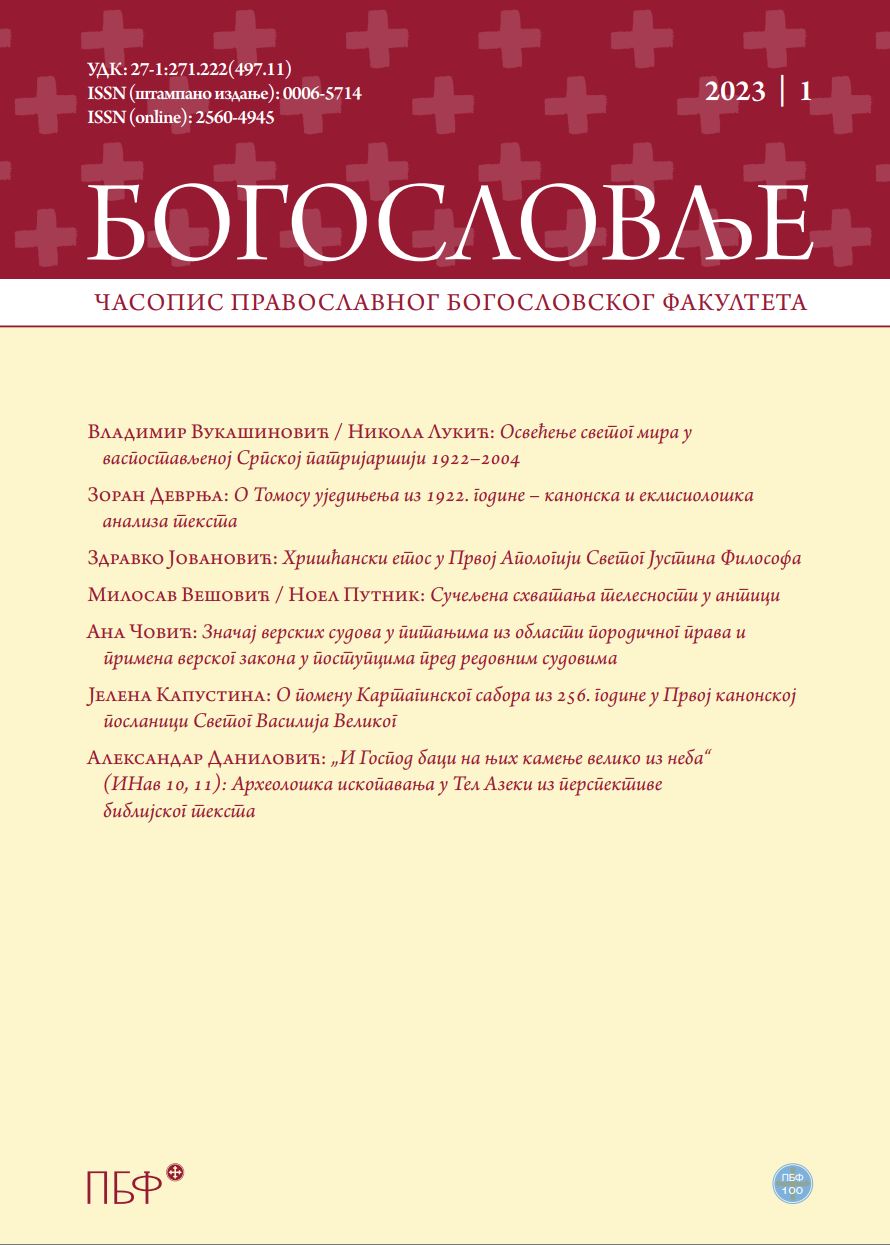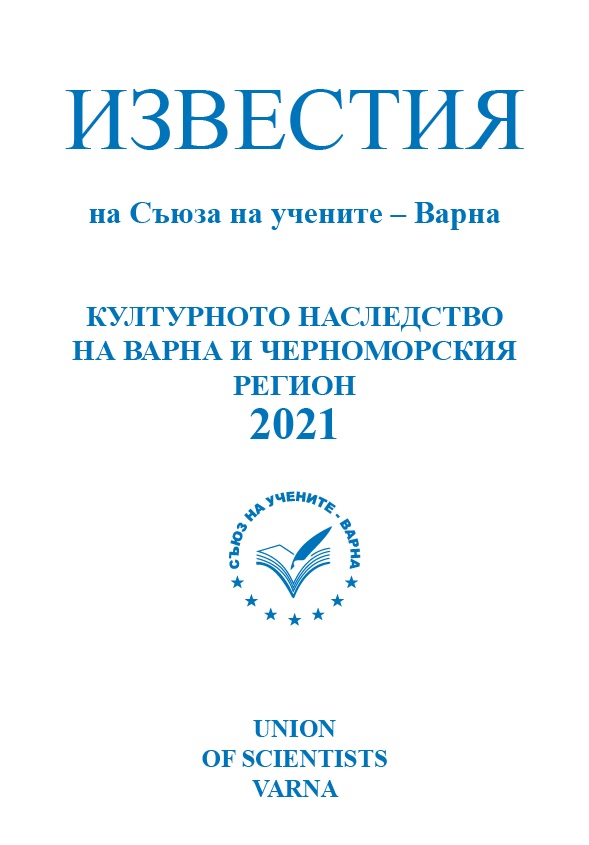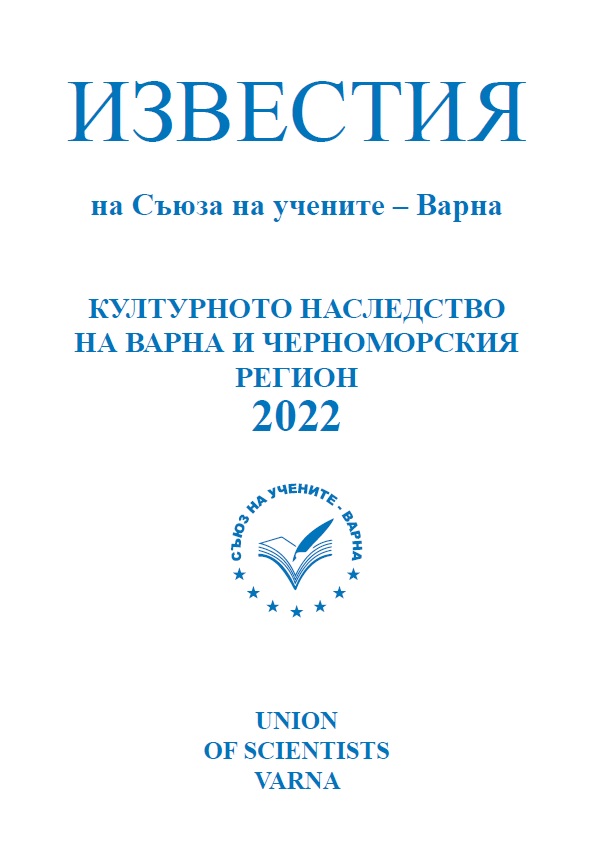Wrecked trade – a medieval ship in the Gulf of Finland
This paper examines the wreck of a medieval trade ship and its cargo, with an emphasis on pottery, and discusses its dating and cultural context in the exchange networks of the Middle Ages. The so-called Egelskär wreck was discovered in 1996 in the Finnish Archipelago Sea. The main body of the cargo consisted of near-stoneware objects originating from the villages of Bengerode and Fredelsloh in Germany. The rest of the preserved items included whetstones, bronze tripod cooking pots, a barrel of iron bars and a bronze church bell. The wreck itself also provides evidence of early maritime connections. The Egelskär find is a typical medieval trade ship, which makes it a unique find. Its voyage started from the German Baltic coast and its probable destination was Tallinn. The ship perished in the middle of its journey in the final decades of the 13th century. It testifies to the long-distance trade networks, which were extended from northern Germany towards the eastern markets, and which bore the cultural markers of the Hanseatic towns.
More...
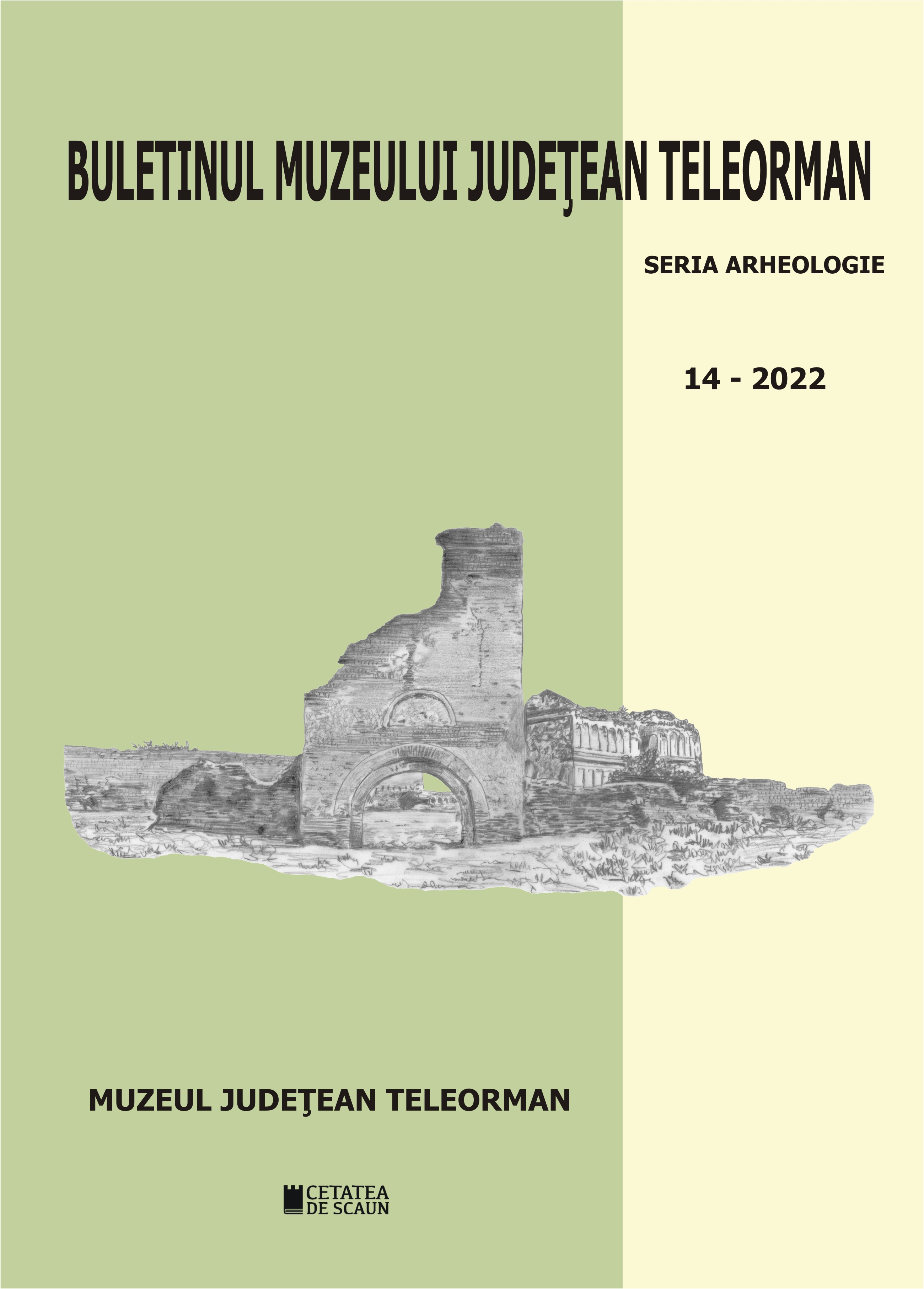
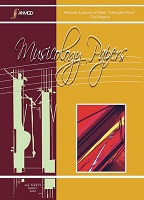
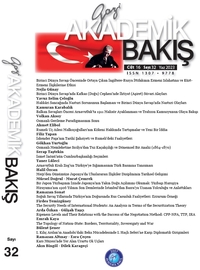
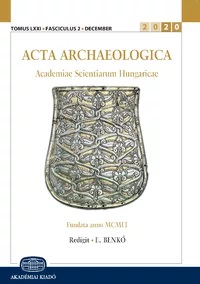
![Sándor Berecki, Identity in landscape. Conectivity and diversity in Iron Age Transylvania [Identitate în peisaj. Conectivitate și diversitate în Epoca Fierului în Transilvania], Cluj-Napoca, Editura Mega, 2021,
136 p., 57 fig., (ISBN 978-606-020325-](/api/image/getissuecoverimage?id=picture_2022_74190.jpg)
